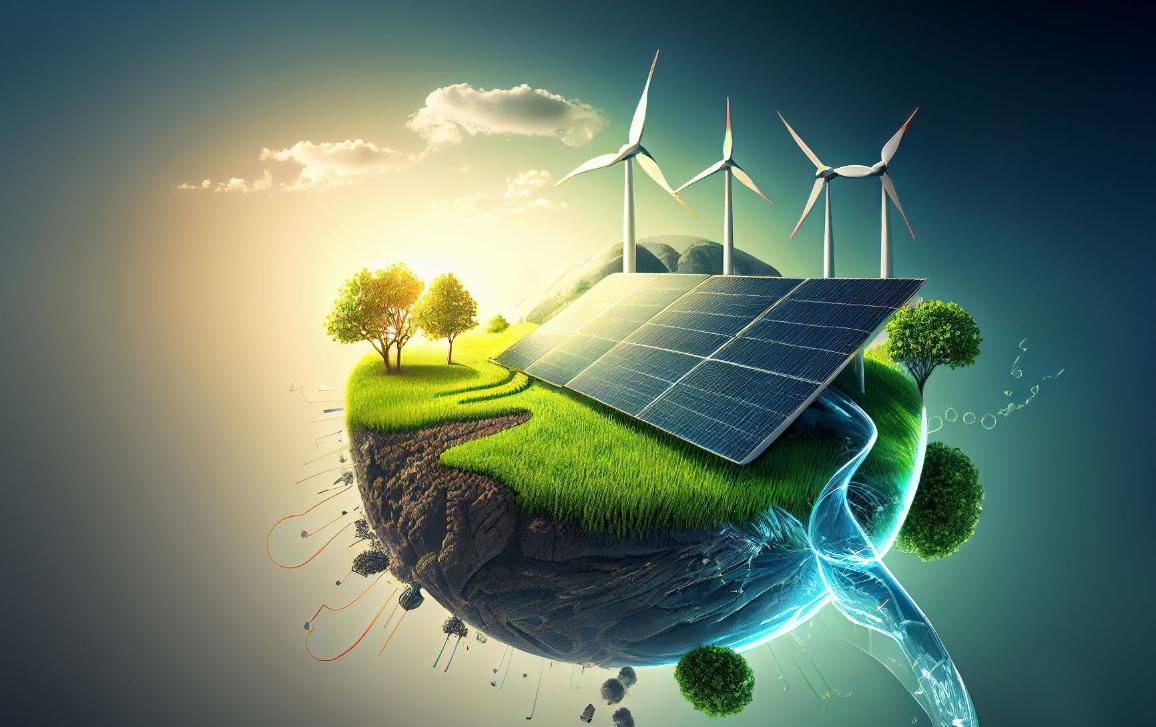Green Hydrogen: The Fuel of the Future
While renewable energy sources like wind and solar are crucial for reducing carbon emissions, one of the biggest challenges in the transition to a sustainable energy system is decarbonizing industries that rely on high-intensity energy, such as heavy manufacturing and transportation. This is where green hydrogen comes into play.
Advertisement
Green hydrogen is produced through the electrolysis of water, using electricity generated from renewable sources like wind and solar. Unlike hydrogen produced from fossil fuels, which emits carbon dioxide during production, green hydrogen is entirely clean. It can be used as a fuel for industries and transportation, or as an energy storage solution.
One of the most promising aspects of green hydrogen is its versatility. It can be used in a variety of sectors, including steel production, chemical manufacturing, and even aviation. Hydrogen-powered fuel cells are already being used in some vehicles, and the technology is rapidly advancing. Hydrogen-powered trucks, trains, and ships are in development, offering a clean alternative to fossil fuel-powered transport.
In addition to its use in industry and transport, green hydrogen can also play a key role in energy storage. Renewable energy sources like wind and solar are intermittent, meaning that energy production does not always align with demand. By using excess renewable energy to produce green hydrogen, it can be stored and later used to generate electricity when demand is high or when renewable energy production is low.
Energy Storage: Solving the Intermittency Problem
One of the biggest challenges in renewable energy is its intermittency. The sun doesn’t always shine, and the wind doesn’t always blow. This creates a mismatch between the production and demand for electricity. To solve this problem, energy storage technologies are becoming more advanced.
Battery storage is one of the most promising solutions. Advances in battery technologies, particularly solid-state batteries and lithium-sulfur batteries, are improving energy density, charging speeds, and longevity. These next-generation batteries can store large amounts of energy and release it when needed, ensuring that power is available even during periods of low renewable energy production.
In addition to batteries, pumped hydro storage and compressed air energy storage (CAES) are being used to store energy on a larger scale. These technologies store excess energy by using it to pump water uphill or compress air into underground caverns, which can then be released to generate electricity when demand rises.
Moreover, grid-level storage solutions are being developed to help balance the supply and demand of electricity across entire regions. By storing excess renewable energy during times of low demand and releasing it during peak times, these systems can help stabilize the grid and ensure that renewable energy is used efficiently.
